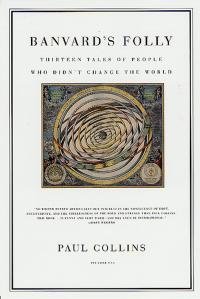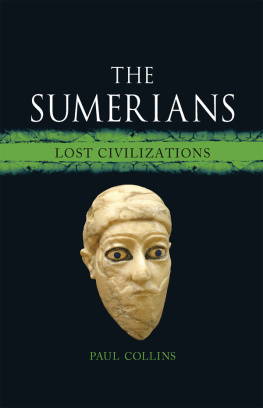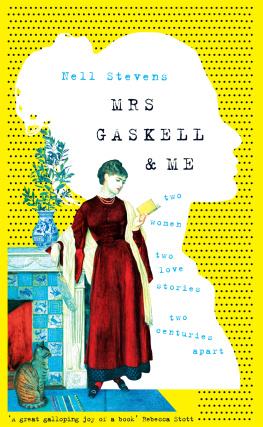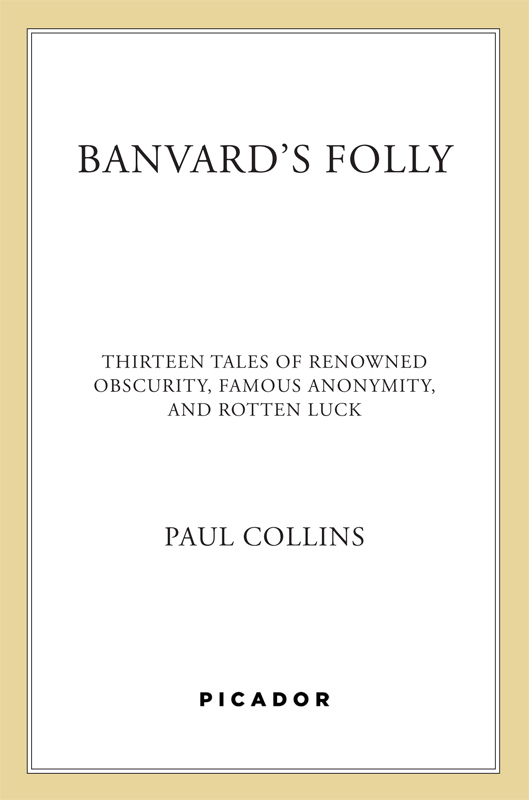Contents
Guide

The author and publisher have provided this e-book to you for your personal use only. You may not make this e-book publicly available in any way. Copyright infringement is against the law. If you believe the copy of this e-book you are reading infringes on the authors copyright, please notify the publisher at: us.macmillanusa.com/piracy.
CONTENTS
THIS BOOK IS DEDICATED TO MY PREDECESSORS:
Van Wyck Brooks
Isaac Disraeli
Stewart Holbrook
Edmund Pearson
AND TO ANY PUBLISHER WHO WILL PUT THEIR WORKS BACK IN PRINT.
Peruse the documents of any eranewspapers, bills of sale, willsand you find nothing but forgotten names. A famous name brings an almost electric shock of recognition, that in these crowds of nobodies and once-were-somebodies is a person you can attach a face and a reputation to. The collector and the historian value those rare documents. But I always find myself wondering about the other people. And buried in these footnotes of history are brilliant, fatally flawed thinkers who rose to dizzying heights of intellect and even fame, only to come crashing down into disaster, ridicule, or just the utter silence of oblivion.
Occasionally, I find others who share my predilection for the forgotten ephemera of genius. Theres the Dead Media web site, devoted to the numerous experiments that died on the barbed wire of technological advance. The Edison kinetophone. Gaumonts Chronophone. The synchronoscope. The movietone. Phonofilm. The graphophonoscope. The vitaphone There are fellow antiquarians like Edmund Pearson and Van Wyck Brooks, whose books I can scarcely open without feeling the need to give the secret handshake for the Universal Brotherhood of Collectors of Obscurity. And theres my old college roommate, Shawn Lani, now the senior exhibit designer at the Exploratorium in San Francisco. He contracted a collectors mania for household photosanonymous black-and-white photographs from yard sales or old wire service archives, many lacking a date or even a name, but occasionally capturing a serendipitous genius in their composition. We are all curators at heart, I suppose, of items that we fear no one else will have time for.
Why write about such things?you may ask.
And if its not you, surely someone will ask this question. The man or woman of promise who has nothing but excuses and regrets to offer at the end of the daythese people we do worse than despise. We avert our gaze and excuse ourselves from their presence.
And why not? We are also a nation of successes. This, at least, is what every demagogue, advertiser, and con artist tells us. We want to believe that we are good people, and that opportunity is there for those with the spirit to achieve it. Yet we laud men and women who have no better quality than the possession of money, and who achieve their success on the backs of the swindled and disdained. We want to believe that there is something more to their success than mere greed and luck. Even more than a moral loser, we cannot bear the thought of an immoral success.
There are moral successes, of course. But for each person credited with a winning innovation, there are the losers who pursued a similar path to failure. Perhaps their timing was wrong. Maybe they lacked the ruthless force of personality that propels the winners of history. In the end, they might even have been undone by weaknesses in character that had little to do with the merits of their ideas.
And so I began this book, an account of those who have fallen in their pursuits. Whole books could be unearthed on each of their livesand I hope that happens someday. But for now, these excavations may suffice.
HAVE YOU HEARD THAT IT WAS GOOD TO GAIN THE DAY?
I ALSO SAY IT IS GOOD TO FALL, BATTLES ARE LOST
IN THE SAME SPIRIT IN WHICH THEY ARE WON.
VIVAS TO THOSE WHO HAVE FAILD!
AND TO THOSE WHOSE WAR-VESSELS SANK IN THE SEA!
AND TO THOSE THEMSELVES WHO SANK IN THE SEA!
AND TO ALL GENERALS THAT LOST ENGAGEMENTS, AND ALL OVERCOME HEROES!
AND THE NUMBERLESS UNKNOWN HEROES EQUAL TO THE GREATEST HEROES KNOWN!
Walt Whitman, Song of Myself
Mister Banvard has done more to elevate the taste for fine arts, among those who little thought on these subjects, than any single artist since the discovery of painting and much praise is due him.
T HE T IMES OF L ONDON
The life of John Banvard is the most perfect crystallization of loss imaginable. In the 1850s, Banvard was the most famous living painter in the world, and possibly the first millionaire artist in history. Acclaimed by millions and by such contemporaries as Dickens, Longfellow, and Queen Victoria, his artistry, wealth, and stature all seemed unassailable. Thirty-five years later, he was laid to rest in a paupers grave in a lonely frontier town in the Dakota Territory. His most famous works were destroyed, and an examination of reference books will not turn up a single mention of his name. John Banvard, the greatest artist of his time, has been utterly obliterated by history.
What happened?
* * *
IN 1830, A fifteen-year-old American schoolboy passed out this handbill to his classmates, complete with its homely omission of a 5th entertainment:
BANVARDS
ENTERTAINMENTS
(To be seen at No. 68 Centre street,
between White and Walker.)
Consisting of
1st. Solar Microscope
2nd. Camera Obscura
3rd. Punch & Judy
4th. Sea Scene
6th. Magic Lantern
Admittance (to see the whole) six cents.
The following are the days of performance, viz:
Mondays, Thursdays, and Saturdays.
Performance to commence at half-past 3 P.M.
JOHN BANVARD, Proprietor
Although his classmates were not to know, they were only the first of more than two million to witness the showmanship of John Banvard. Visiting Banvards home museum and diorama in Manhattan, they might have been greeted by his father, Daniel, a successful building contractor and a dabbler in art himself. His adventurous son had acquired a taste for sketching, writing, and sciencethe latter pursuit beginning with a bang when an experiment with hydrogen exploded in the young mans face, badly injuring his eyes.
Worse calamities lay in store. When Daniel Banvard suffered a stroke in 1831, his business partner fled with the firms assets. Daniels subsequent death left the family bankrupt. After watching his familys possessions auctioned off, John lit out for the territoriesor at least for Kentucky. Taking up residence in Louisville as a drugstore clerk, he honed his artistic skills by drawing chalk caricatures of customers in the back of the store. His boss, not interested in patronizing adolescent art, fired him. Banvard soon found himself scrounging for signposting and portrait jobs on the docks.
It was here that he met William Chapman, the owner of the countrys first showboat. Chapman offered Banvard work as a scene painter. The craft itself was primitive by the standards of later showboats, as Banvard later recalled:
The boat was not very large, and if the audience collected too much on one side, the water would intrude over the low gunwales into their exhibition room. This kept the company by turns in the un-artist-like employment of pumping, to keep the boat from sinking. Sometimes the swells from a passing steamer would cause the water to rush through the cracks of the weather-boarding, and give the audience a bathing. They made no extra charge for this part of the exhibition.
















